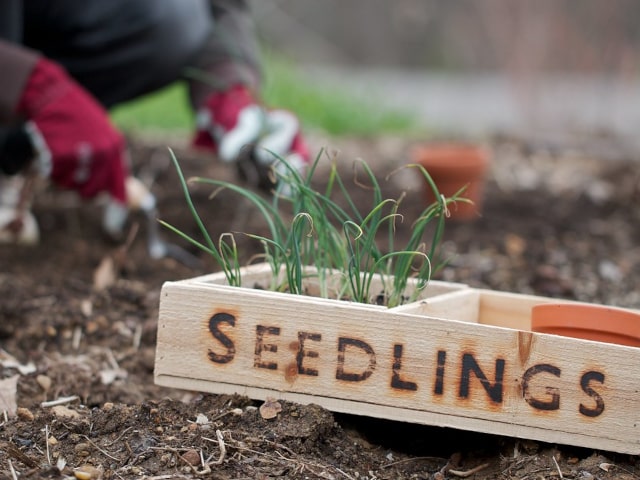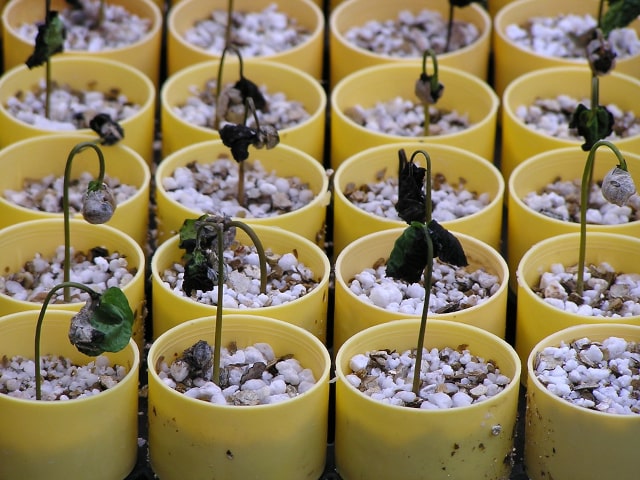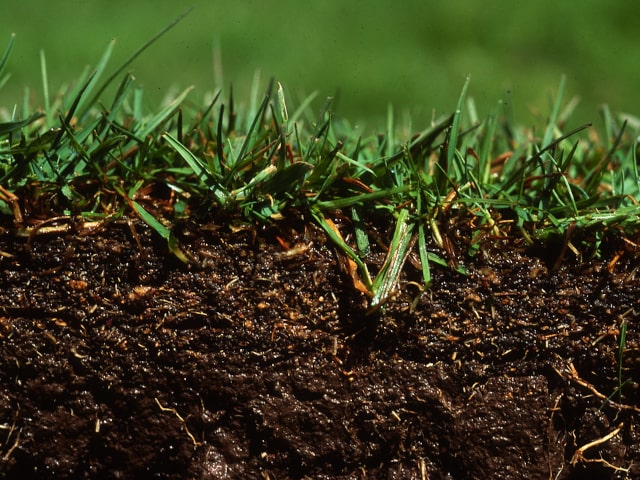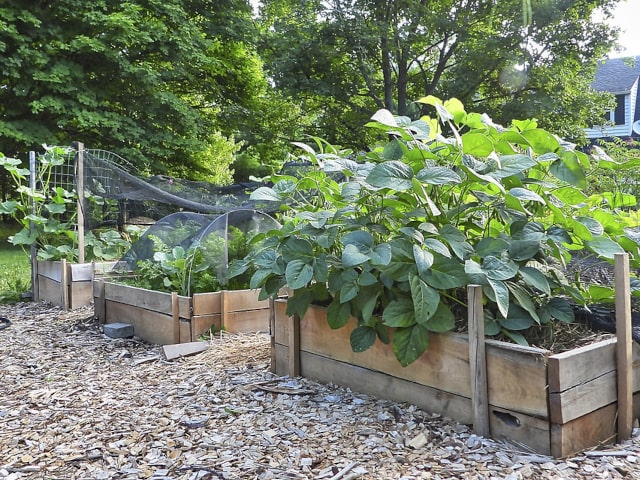
Many gardeners want to start numerous plants in the spring, but it's often difficult to tell a good seedling from a bad one. Rushing to buy plants to grow is never the best option because you need to know how to recognize a quality plant and the one you should avoid.
The first thing you need to understand is that seedlings are fragile and very delicate even when they are at their strongest and healthiest. This is why it's important to handle them with great care. However, it also means that if they don't get the absolute best care before they go to your hands, they will probably be of inferior quality. Baby plants can easily be damaged if conditions are poor, so buying such a plant is just a waste of money and time.
Let's not forget the number one reason people buy starts: to save time. You might want to jump start the season and save time in the ground, or you're delegating the task of raising your own transplants, which saves time beforehand. Whatever your reasons may be, giving more money for starts instead of seeds is to save some time. The last thing you want is to waste this time and effort. With a poor start, many bad things can happen, from the start failing or plant being a poor choice to transplant.
For these reasons, you need to understand the starts and you need to know how to choose the best. Here are some handy tips on how to recognize good starts and avoid the bad ones:
Find a Good Store
The first thing to keep in mind is WHERE you buy your starts. If you visit a big nursery with a wide selection of starts to choose from, it's a good sign. It's even better if there are so many vegetable starts you can have an organic option.
Another thing to pay attention to is the staff. People who work in this store should be knowledgeable, helpful and passionate about their job. You need someone who can answer your questions. They should also be very dedicated to keep all the plants in excellent condition. It means that a store has to pay staff to water the plants, including the seedlings.
These thing usually mean that the plants you can get in these stores cost more than those you can find at Home Depot. However, this is a money well spent so it's more than worth it to spend an extra buck for a healthy, strong seedling.
General rule of thumb is: don't buy starts, especially vegetable seedlings, at chain hardware stores and similar place. They are of inferior quality and you'll only waste your time and money on them.
The Value
To estimate the exact value of a seedling, it's important to take into account how much money a seedling costs, and how much benefit it brings, compared to seeds. This analysis show that yes, seedlings have a good value and it's good to use them instead of seeds. However, in some cases it's better to use seeds instead.
For example, it makes more sense to use seeds instead of seedlings, especially if the plant in question is something you can commonly found in the wild. Many shops are banking on customers' ignorance about plants and availability of seeds.
Same goes for cut-and-come-again crops. These are sown in broad swaths and you can "mow" a section you want to harvest, after which the plant regrows a few times. These starts should be purchased as transplants. There is no advantage in buying a start. For this kind of a crop, it's ok to buy cheap seeds and sprinkle a new patch of soil with the seed every 3-4 weeks.
These type of plants that can grow quickly, easily, and have seeds readily available and in abundance should not be bought as starts. Go with seeds instead. In other words, you need to know when purchasing a seedling is a good option and where you should just buy the seeds.
Think about the Roots
Roots are important for many things, and they factor a lot when it comes to starting your plants, seedlings and transplanting. Generally speaking, the root vegetables don't really transplant easily so it's best not to do it. It's much better to opt for seeds in their case.
Another problem with these plants is that they require so much care and transplanting is so difficult that it's best to be avoided. Even experienced gardeners prefer to go with seeds when it comes to root vegetables. These plants are best to be planted using direct sow.
There is one exception to this general rule: onions. They have roots that can detangle easily and they transplant very well. When transplanting, be prepared for all the soil to fall away from the roots. That's normal and won't damage the plant.
Can You Save Weak Transplants?
Generally speaking, weak starts can't be saved. It's just a waste of time and effort. You will recognize these weak, stressed transplants easily. Many of them have yellow leaves and the seedlings are easily bolting. In this case, there's no much chance to save the plant or to turn it into a strong one.
Here are some tips. Never buy a seedling with a floret already developed. If you see small broccoli or cauliflower head on a plant, it's not a sign of a good head start. It's actually a plant suffering and trying to make the most of conditions it's surrounded with by developing a seed stalk in hopes to leave a progeny before it dies.
Divided Pots
Thinning has its proponents and critics. Generally speaking, a well-thinned seedling is a much better choice than a crowded tangled mess. To achieve the best results and to buy the strongest seedling, it's important to have a divided pot.
When growing seedlings in an undivided pot, you have to break apart the soil around individual seedlings to separate the start for transplanting. It's much better to go with a divided pot. Dividing will improve the plants and make them healthier. When you have one strong start in each corner, it's easy to break them apart when the time comes.
Stay Away from Tall and Skinny
Seedlings are not supermodels: they should not be tall and skinny. Remember that a leggy plant has probably be grown using many supplemental bottom heat, but not enough strong light.
This results in weak plant tissues that are prone to breaking, which makes transplanting almost impossible. If transplanted, these plants often suffer a massive shock. This is why you need to opt for strong, stocky plants: thin and tall are not the best seedlings.
In Conclusion
These are some of the most important tips on how to recognize good seedlings and how to make sure that transplanting goes well. Keep in mind that seedlings are not the same, so you need to know how to choose the best ones that will grow strong and thrive in your garden.
Photo credit: Chiot's Run




0 Comments